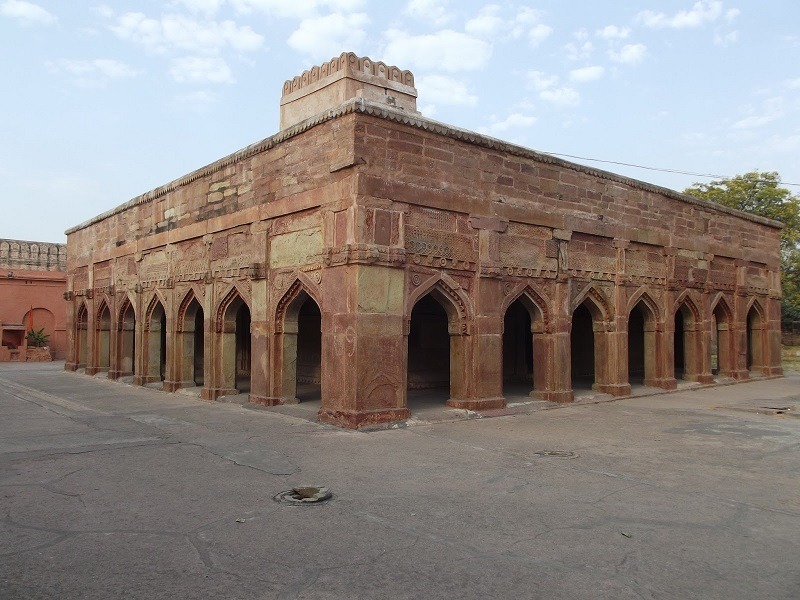Varanasi, also known as Kashi or banaras this city is one of the oldest cities in India.This city is renowned for its spiritual significance,historical landmarks,cultural heritage and the most important thing is that this city is known for lord shiv.
This city is situated on the banks of the Ganges River in India, is a spiritual and cultural hub. Known for its Ghats where rituals and ceremonies are work out, it draws pilgrims and travelers seeking spiritual solace. The Kashi Vishwanath Temple, dedicated to Lord Shiva, stands as a monumental symbol of hindus rituals. Sarnath, nearby, marks the spot of Buddha's first sermon. Narrow lanes, bazaars, and temples enrich the city's fabric. Varanasi's timeless charm blends its historical significance with a profound spiritual aura, offering a unique and immersive experience that echoes through its ghats, temples, and labyrinthine alleys.
. Here are some of the top tourist places to visit in Varanasi:
Kashi Vishwanath Temple:
Ganga Ghats:
Banaras Hindu University (BHU)
Situated on the banks of the Ganges, this 18th-century fort is the ancestral home of the Maharaja of Varanasi. It's a blend of Indian and Islamic architecture and hosts a museum displaying royal artifacts.Ramnagar Fort is an 18th-century historical structure situated on the banks of the Ganges River in Varanasi, India. It serves as the ancestral residence of the Maharaja of Varanasi. The fort showcases a fusion of Indian and Islamic architectural styles, offering insights into the region's history. Within its premises, the fort houses a museum exhibiting an intriguing collection of royal artifacts, vintage cars, and weaponry. The fort's location and museum make it a notable attraction for visitors interested in the heritage of the city.
Tulsi Manas Temple:
Bharat Mata Temple:
Alamgir Mosque:
Assi Ghat:
Another significant ghat along the Ganges, Assi Ghat is known for its spiritual and cultural importance. It's a place where pilgrims take holy dips, and it's also associated with the famous poet Tulsidas.Assi Ghat, situated along the Ganges River in Varanasi, India, is a revered pilgrimage spot. Known for its spiritual significance, it's where pilgrims take holy dips and perform rituals. The ghat's cultural importance is highlighted by its association with the poet Tulsidas. It's a vibrant and bustling location that offers a glimpse into the city's traditional practices and local life.
New Vishwanath Temple (Birla Temple):
This temple is a modern replica of the Kashi Vishwanath Temple and is located on the premises of the Banaras Hindu University. The New Vishwanath Temple, also known as the Birla Temple, is located within the Banaras Hindu University campus in Varanasi, India. A modern replica of the Kashi Vishwanath Temple, it showcases intricate marble work and architectural elegance. The temple is a blend of spirituality and education, symbolizing the university's values. It attracts visitors with its serene atmosphere and artistic beauty, providing a place for devotion and contemplation.
Durga Temple:
Dedicated to Goddess Durga, this temple is known for its bright red color and unique architectural style. Durga Mandir located in Varanasi, India is dedicated to Goddess Durga. Its vibrant red color and unique Nagara-style architecture make it a distinctive landmark. The temple's sanctum houses a sacred idol of the goddess, attracting devotees seeking blessings and protection. Its rich cultural significance is reflected in the intricate carvings and design. The temple offers a spiritual haven amid the city's bustling streets.
Chunar Fort:
Situated about 40 kilometers from Varanasi, Chunar Fort is a historical site that offers stunning views of the Ganges and the surrounding area.Chunar Fort, situated near Varanasi, India, is a historic stronghold with a commanding view of the Ganges River. Its ancient origins and strategic location have made it a significant military and architectural landmark. The fort's imposing structure showcases a blend of Mughal and indigenous styles, reflecting its historical importance. With its history dating back centuries, the fort stands as a testament to the region's past and offers panoramic vistas of the surrounding landscape.
These are just a few of the many tourist places that you can visit in Varanasi. The city's streets, markets and local culture also provide an enriching experience for travelers who want to explore its unique atmosphere.












Comments